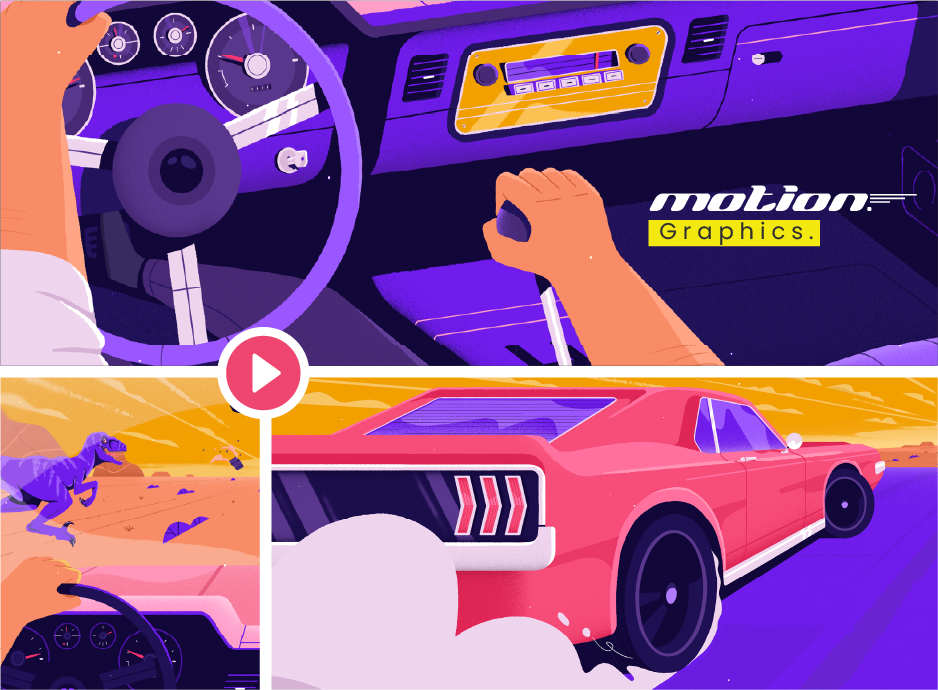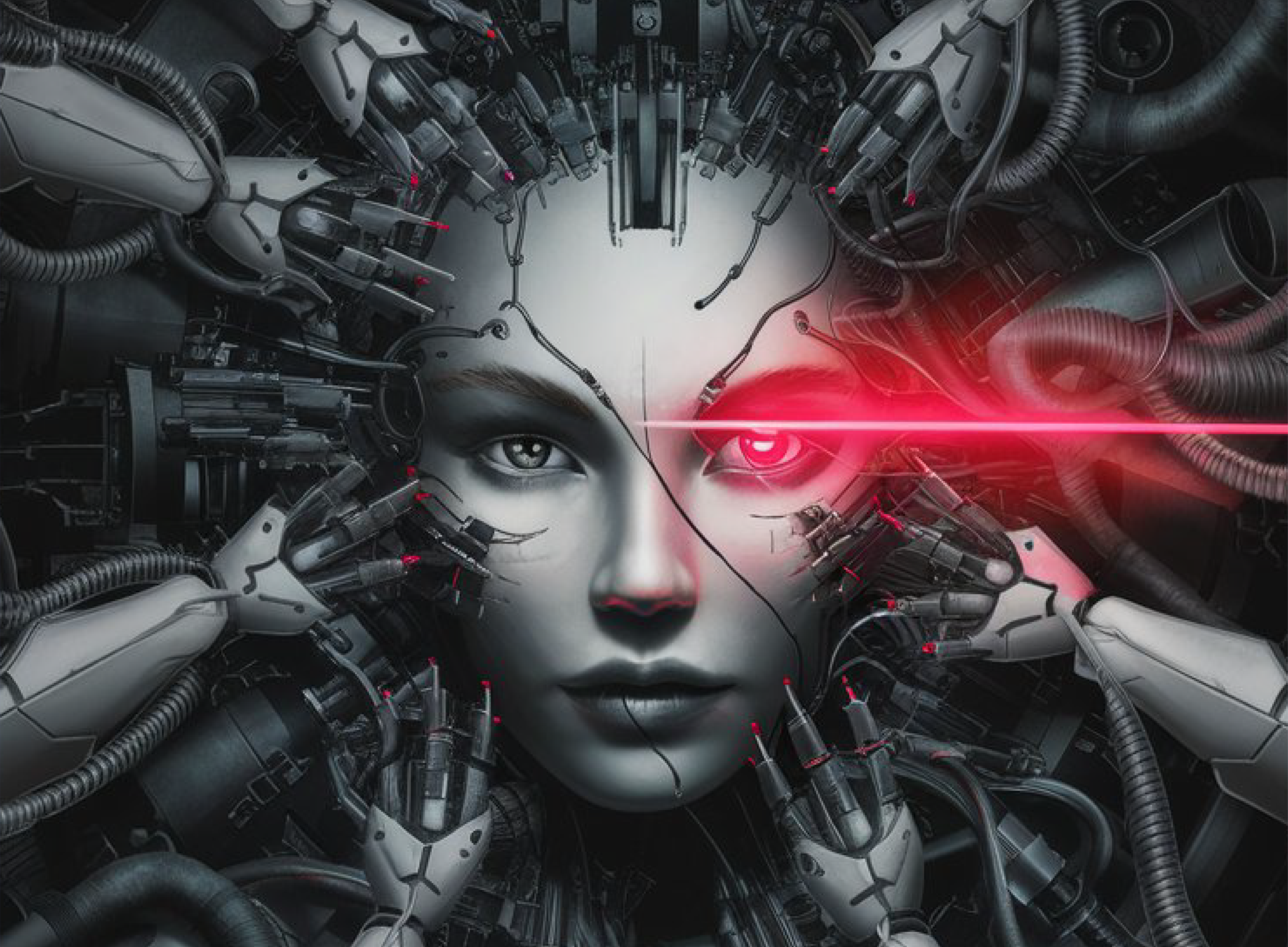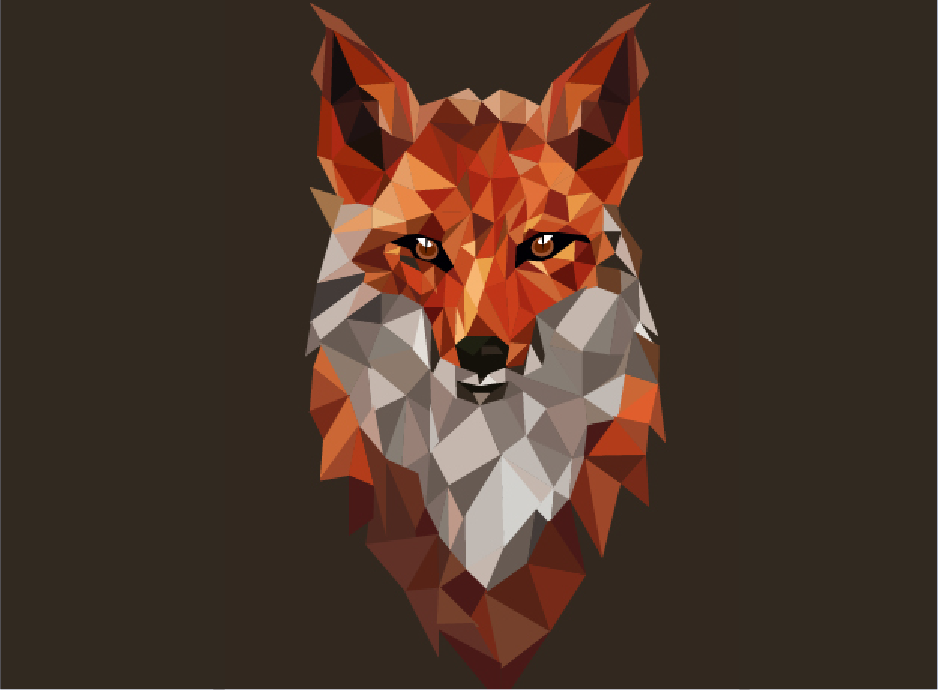Skill-Based Motion Graphics Course Syllabus Crafted by Industry Experts
Visual content and motion graphics are interdependent. Without visual content, motion graphics can’t be defined because it is a powerful tool to express your creativity. Creativity can be explained through eye-catching and appealing video content.
The art is combined with design, animation, and storytelling, which captivate the audience and grab attention across different platforms and industries.
As there is a huge rise in impressive visual content, becoming skillful in motion graphics is very essential. The motion graphic with unique video content can unleash your creativity and access well-paying job opportunities.
Whether you want to do it yourself or want to sign up for a course, a motion graphic designer course gives you a sneak peek into everything you like to learn. However, to start your motion graphic, learn the fundamentals first and then progressively move into the advanced aspects of design and animation. This blog will showcase nine modules designed by industry experts for beginners; let's dive here:-
Complete Motion Graphics Syllabus for Beginners
The motion graphic designer course includes nine modules, you have to master it all by understanding the science behind it. The module is designed for beginners, focusing on understanding the design elements and then creating an appealing design that resonates with the visual content.
Before moving further into the motion graphics curriculum, it is very important to grasp a strong foundation only on graphic design principles and animation basics.
If you are keenly interested in captivating motion visuals, then join the Dice Academy Adobe Certified VFX Career Program with AI Integration.
In this program, you will learn the fundamentals of animation, visual effects, and storytelling techniques. Also, you will gain knowledge of motion graphics for videos, presentations, and more.
|
Level |
Module |
Key Learning Points |
|
Syllabus for Beginners |
Module 1: Grasping Design Elements |
- Typography: Language of Fonts |
|
Module 2: Fundamentals of Motion Graphics |
- Introduction to VFX Software |
|
|
Module 3: Raster vs. Vector Graphics |
- Digital Images and Pixels |
|
|
Syllabus for Intermediate |
Module 4: Layer Choreography and Animation |
- Layer Management and Properties |
|
Module 5: Dimensional Depth |
- 3D Layers and Z Space |
|
|
Module 6: Animation and Layer Effects |
- Camera Movements in 3D |
|
|
Syllabus for Expert |
Module 7: Rendering and Media Encoding |
- Rendering with Render Queue |
|
Module 8: Visualizing Design Fundamentals |
- Visual Thinking and Design Process |
|
|
Module 9: Applying Design Principles |
- Translating Design into Motion Graphics |
Let’s know each of these modules and what you will learn.
Module 1: Grasping Design Elements
You start by learning the core principles of motion graphics design. The module is based on foundational design elements, which help you to know how to take the visual videos in an impactful way aligning with the resonant compositions.
The motion graphic designer course syllabus includes:-
- Explore Typography, the language of fonts
- Dive into Color Theory and its storytelling role
- Master Layout Principles for Effective Communication
- Understand Information Hierarchy strategies
- Create a Visual Hierarchy for impactful designs
Get Enroll Now: Motion Graphic Course
Module 2: Fundamentals of Motion Graphics
This module is a little bit technical, including the critical parts of the fundamentals necessary to become a motion graphics designer. The beginner will learn to design by using the latest AI tools.
The motion graphics course syllabus:-
- Introduction to VFX Software and its Significance
- Comparison of Node-based and Layer-based Compositing
- Learn the benefits of Visual Effects (VFX
- Decode File Formats for optimal usage
- Get started with After Effects
- Manage Assets and Composition Settings
Module 3: Graphics in Detail: Raster vs. Vector
Here, the beginner will learn and understand the difference between Raster and Vector images. This skill is very important for designing effective image handling and optimization in motion graphics projects. This helps the learner create high-quality visuals, which will add credibility to their projects.
The motion graphics course syllabus includes:-
- Navigate Digital Images and Pixel intricacies.
- Learn about Color Systems and Coding on RGB, CMYK, and other colour systems.
- Unveil Image Editing Tools and Techniques that fit your design needs.
Module 4: Layer Choreography and Animation
The motion graphic designer learns the layers of choreography and animation. Being a beginner, you can gain a wide range of skills that enable you to design and animate artistically and orchestrate complex motion graphics scenes through storytelling, which helps take your creation to the next level.
The course includes:-
- Master Layer Management and Properties for optimal workflow.
- Dive into Animation using Keyframes and Graph Editors.
- Enhance Compositions with Blending Modes
- Understand Mask Creation and Application
- Explore Track Mattes and Luma/Alpha Channels
Module 5: Dimensional Depth and Effects
As we know, when we design a graphic motion video, it must have an in-depth dimension. Whoever sees the video feels like they are immersed. So, the beginner learns the techniques of 3D layering and lighting, managing to give the visual an appealing visual appearance to the viewers. They feel like a sense of realism.
The course includes:
- Introduction to 3D Layers and Z Space
- Manipulate Camera Settings and Lighting
- Experiment with Multiplane Compositing
Module 6: Animation and Layer Effects
A motion graphic designer course, module 6 gives more importance to the impact of layer speed on depth perception. When the designer learns this module they see a massive change in their overall work and can master the layer effects and camera movement in 3D space.
The syllabus includes:-
- Grasp Camera Movements in 3D Space
- Understand Layer Speed for Depth Perception
- Explore Layer Effects, Z Channels, and RGBA Z Images
Module 7: Rendering and Media Encoding
Media encoding and rendering the code into the motion graphic is very important to get a seamless video. The learner here learns from the best software to create motion graphics, which is Adobe Media Encoder and gets familiar with it. Also, learn how to render it so that the video gets polished, optimized, and ready for seamless sharing.
The syllabus is:-
- Demystify Rendering with the Render Queue Panel
- Configure Output Settings for Rendered Content
- Introduction to Adobe Media Encoder
Module 8: Visualizing Design Fundamentals
One-upping your perceptive skills, the beginner gets to know about the foundational elements of visual arts and design. Here, the learner gains how to integrate the visual arts and design in innovative ways through ideation and execution.
The motion graphic designer course syllabus includes;-
- Delve into Visual Thinking and Design Process
- Explore the World of Visual Arts and Design
- Understand the Elements and Principles of Design
Module 9: Applying Design Principles in Motion
In the final module, the learner learns how to implement the part of translating design principles into motion graphics and gets to know other things about animation principles and techniques.
The Syllabus includes:-
- Translate Design Principles into Motion Graphics
- Learn about Animation Principles and Techniques
- Discover the Harmony between Design and Motion
Final Thoughts
The major focus in the motion graphics syllabus is mastering design and animation skills, which help the aspirants develop a rough idea for compelling designs that engage the audience. Learning educational, product, and gaming videos is great for excelling in these skills, which are hot topics now. This can be an excellent career path if one is willing to explore the compelling narratives behind the camera.
Enrol at Dice Academy, which is the best motion graphics institute in Delhi, for an Adobe Certified VFX Career Program with an AI Integration, boost to get started in your career!! Teach Adobe Illustrator, Photoshop, other After Effects, and Premiere Pro.
You Might Also Like
How To Become A Motion Graphic Designer?
How to Start Your Career in Motion Graphics: A...
Stay Tuned
Stay up to date with our latest courses.













.png?width=130&height=53&name=image%2027%20(1).png)














.jpg)

BOOK A FREE CONSULTATION